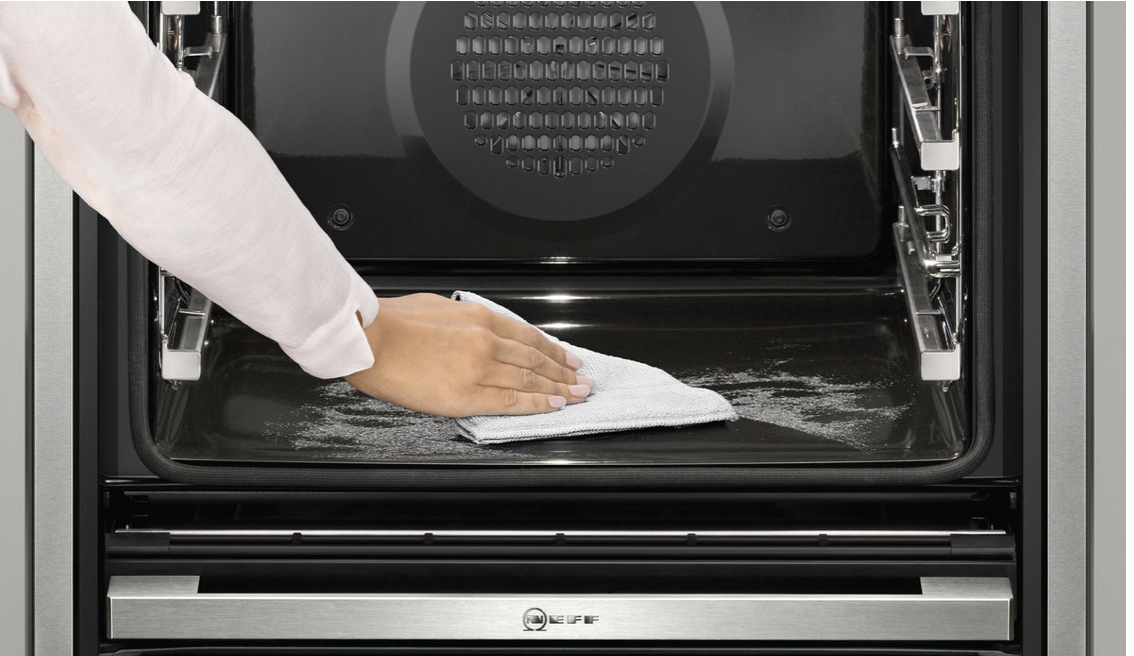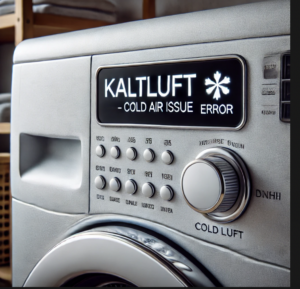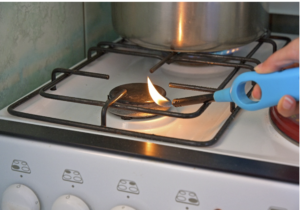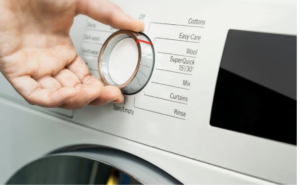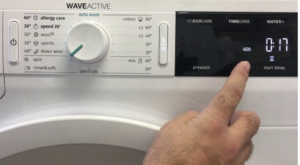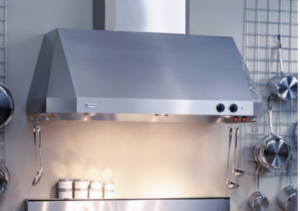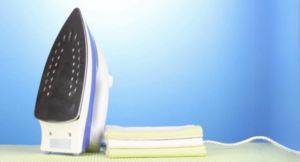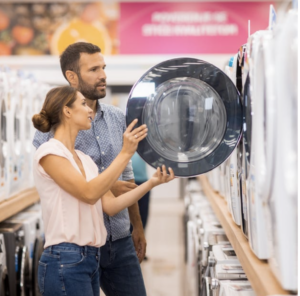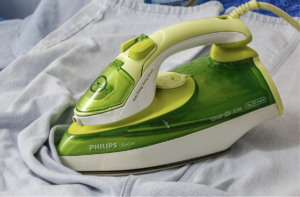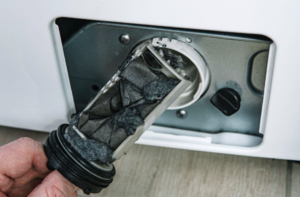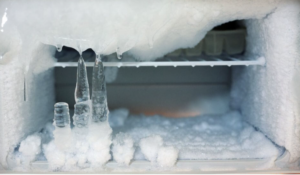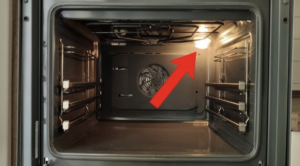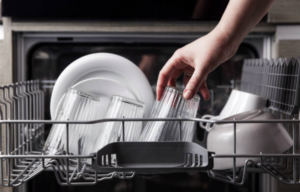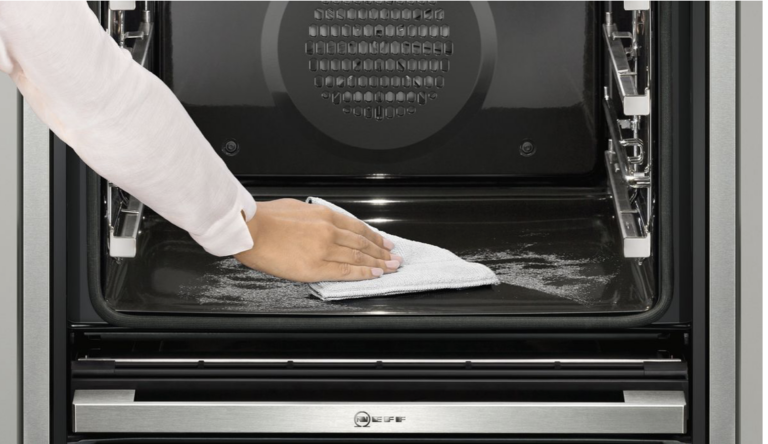
What is pyrolysis in an oven?
Buying a self-cleaning oven is probably the only thing that would make your kitchen truly complete. In case you think it sounds too good to be true, it's not – pyrolytic ovens really do remove grease on their own with minimal human intervention.
If you are allergic to detergents or find it annoying to keep your oven in perfect condition, choosing a self-cleaning appliance is the best solution for every household.
How does pyrolysis work?
Every time you cook in your oven, grease and food particles build up on it. All of this sticks to the walls, ceiling, and doors of your oven.
After baking a dish, it can be difficult to clean the inside of the appliance, which can lead to the need to use stronger cleaners to restore the oven's shine.

Pyrolytic cooking appliances deal with dirt effectively. The interior of such ovens is heated to around 400 – 500°C, which removes the built-up fat and food particles. The residues burn and turn into ash. This process is called pyrolysis.
Self-cleaning ovens make maintenance easier. Most ovens have a grill inside, where you can often grill meat and vegetables. That's why it's a good idea to consider buying an oven with a self-cleaning feature.
What is the difference between pyrolytic and catalytic appliances?
The second type of oven removes deposits using special coatings that contain chemicals and minerals. They are called catalytic and absorb grease spatters.
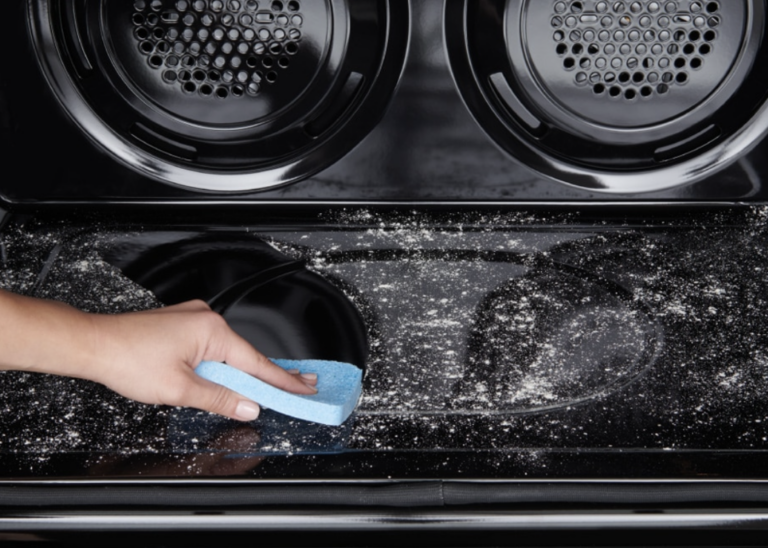
It is important that the walls of these appliances are well-coated and cover both sides, the back and the ceiling of the appliance. However, some have similar linings only on their back or walls.
How long does pyrolysis take?
The self-cleaning function lasts from one to three hours, depending on the settings of the appliance. Many models have several settings and pyrolysis options. Choose the optimal function depending on the degree of soiling of the oven.
Experts advise buying a pyrolysis appliance that has at least two cleaning modes: light dirt removal or more powerful cleaning. It is best to get an oven that is more expensive and has better quality workmanship. Otherwise, the enamel and paint will burn off from the high temperature of pyrolysis.
How often should you do the self-cleaning function?

Depending on how often you cook, you may need to run this cycle once every two months. It’s also a good idea to clean up spills and food residue as soon as they land on the appliance. This will prevent them from burning into the appliance.
Advantages of pyrolysis ovens:
Removes grease stains and food residue from the walls and door of the appliance |
Easier and faster maintenance |
No expensive detergents or manual cleaning required |
